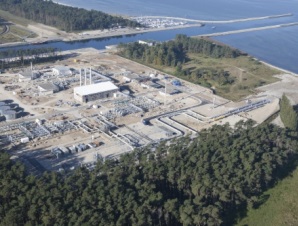The document reflects the parties' intents to implement a project for constructing two strings of the gas pipeline that would connect the Russian and the German coasts under the Baltic Sea. The new gas pipeline capacity will total 55 billion cubic meters a year.
“Jointly with our partners, we managed to succeed in creating the Nord Stream gas trunkline unrivaled in the world. With due account of the growing demand of the European Union, the expanding gas infrastructure directly connecting Russian gas fields to European markets will further boost the reliability of gas supplies in Europe,” said Alexander Medvedev.
“For over twenty years now, Gazprom and BASF have jointly constructed gas pipelines meant for reliable supply of Russian gas to Europe. We are ready to apply the expertise gained in this area to the Nord Stream extension. We are happy to know that Gazprom and other European partners declared their determination to take part in this important infrastructure project,” said Hans-Ulrich Engel.
Germany is the biggest Russian gas consumer. In 2014 Gazprom sold 40.3 billion cubic meters in the German market.
Running from Russia to Germany under the Baltic Sea, Nord Stream is an export gas pipeline with an annual capacity of 55 billion cubic meters. Nord Stream AG is a joint company (Gazprom holds 51 per cent, Wintershall and E.ON – 15.5 per cent and ENGIE – 9 per cent) operating the project.
On June 18, 2015 Gazprom, E.ON, Shell and OMV signed the Memorandum of Intent stipulating the construction of two strings of the Nord Stream II gas pipeline with an aggregate annual capacity of 55 billion cubic meters, to be laid from the Russian coast to the German coast via the Baltic Sea.
29 Декабря 2025 | понедельник | 08:14


